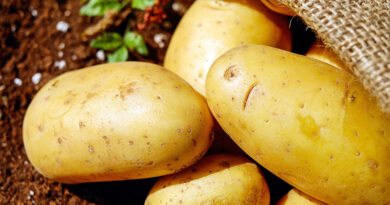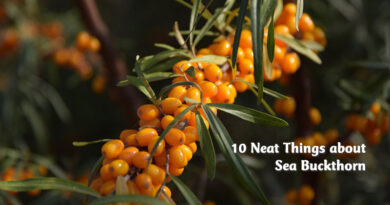About Lawns in Fall
1. Leaf it be.
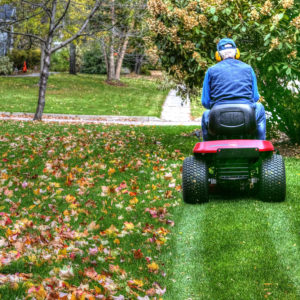 We used to spend backbreaking hours raking leaves off our lawns in fall, piling them into bags and carrying them off to the nearest recycle bin. But the latest advice (and the wisest, too) is to use your lawn mower to mulch the fallen leaves into the lawn. Try it! It may take a couple more passes with the lawn mower to make the leaves disappear, but eventually they will be cut up into small nutritious bites that will feed your grass.
We used to spend backbreaking hours raking leaves off our lawns in fall, piling them into bags and carrying them off to the nearest recycle bin. But the latest advice (and the wisest, too) is to use your lawn mower to mulch the fallen leaves into the lawn. Try it! It may take a couple more passes with the lawn mower to make the leaves disappear, but eventually they will be cut up into small nutritious bites that will feed your grass.
2. Your trees will love you.
It is not only the lawn that will benefit from not raking in fall. The trees from which the leaves fell will also be grateful. After all, that is the natural cycle: leaves fall. Worms and other creatures pull the fallen leaf underground. The nutrients stored in the leaf are returned to the earth and then to the tree.
3. The myth about thatch.
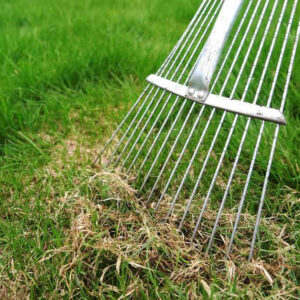
4. Out damned thatch!
Don’t let thatch get beyond a half-inch thick, because this can deprive the grass of light, repel rain or even, in wet years, keep the ground too soggy resulting in root rot and fungal disease. If true thatch does build up in your lawn, get the lawn aerated.
5. Don’t damn the thatch.
It’s not all bad. A little thatch can even be good as it serves as mulch, keeping moisture in and roots cool. Grass seed will grow in it, too, and give you a nice springy lawn.
6. Nitrogen from grass.
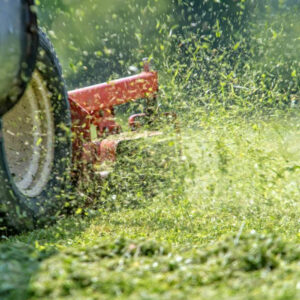
7. Should you be a top dresser?
There are several schools of thought about top dressing a lawn; however, if you are mulching leaves and grass, this may become a moot issue. If you haven’t been doing this and want to give your lawn a treat this fall, consider this formula: six parts sand, three parts soil, one part peat moss. Add some lawn seed in fall as a final constituent. Come to think of it, add the seed whether you top dress or not.
8. The moss grows on the north side.
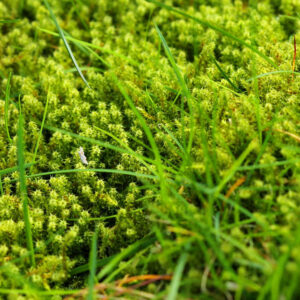
9. Scalping your lawn.
Don’t! Even if you are super busy and want to reduce mowing time, resist the temptation to cut the grass too short, which can result in actually scalping in some areas where the ground may be a bit uneven. Cutting the grass too short can also cause the lawn to need more watering, make it susceptible to diseases and promote the growth of weeds. What is the best mowing height? Six to 7.5 cm (2.5 to three inches). If grass gets too long, mow it even higher up; wait a few days, then mow again.
10. Grass in the shade.
Yes, you can have a green lawn under trees and in shady places. There are great new mixtures of fescue that thrive in shade, plus these plants are also drought resistant and grow slowly, reducing mowing times.


